Recreating the Face of a 9,500-Year-Old Man
A 9,500-year-old human skull at the British Museum may help visitors connect to our human ancestors.
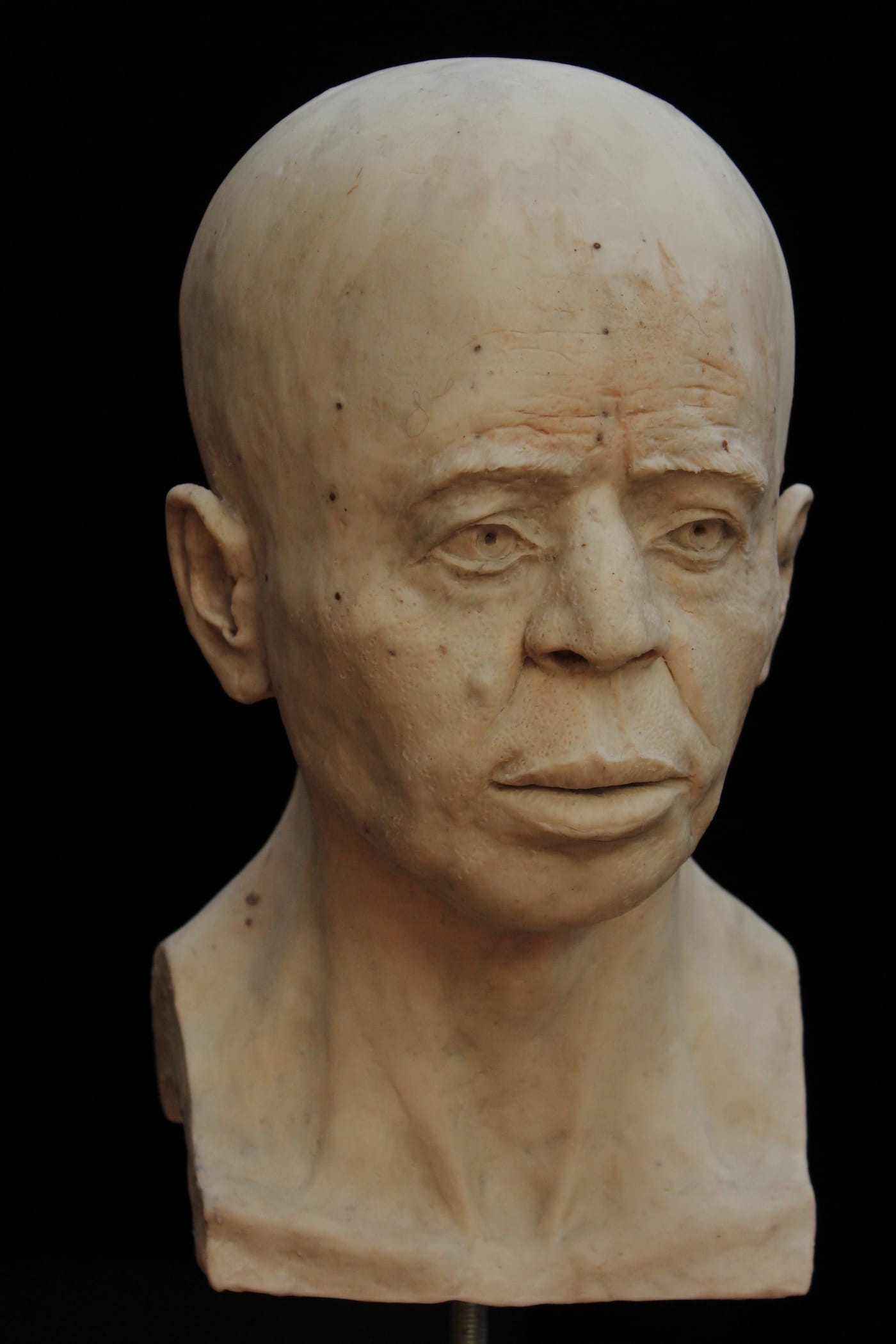
The oldest portrait in the British Museum’s collection is neither a painting nor a bust — it’s a 9,500-year-old human skull, decorated with plaster. Known as the Jericho Skull, it is one of seven plastered ones archaeologists found in 1953 in the ancient settlement near the Jordan River, now all scattered in institutional collections around the world. Besides the plaster layer modeled over the bone, marine shells fill its sockets and soil fills its interior for support, transforming what would have been strict cartilaginous remains into an artful commemoration of the deceased.
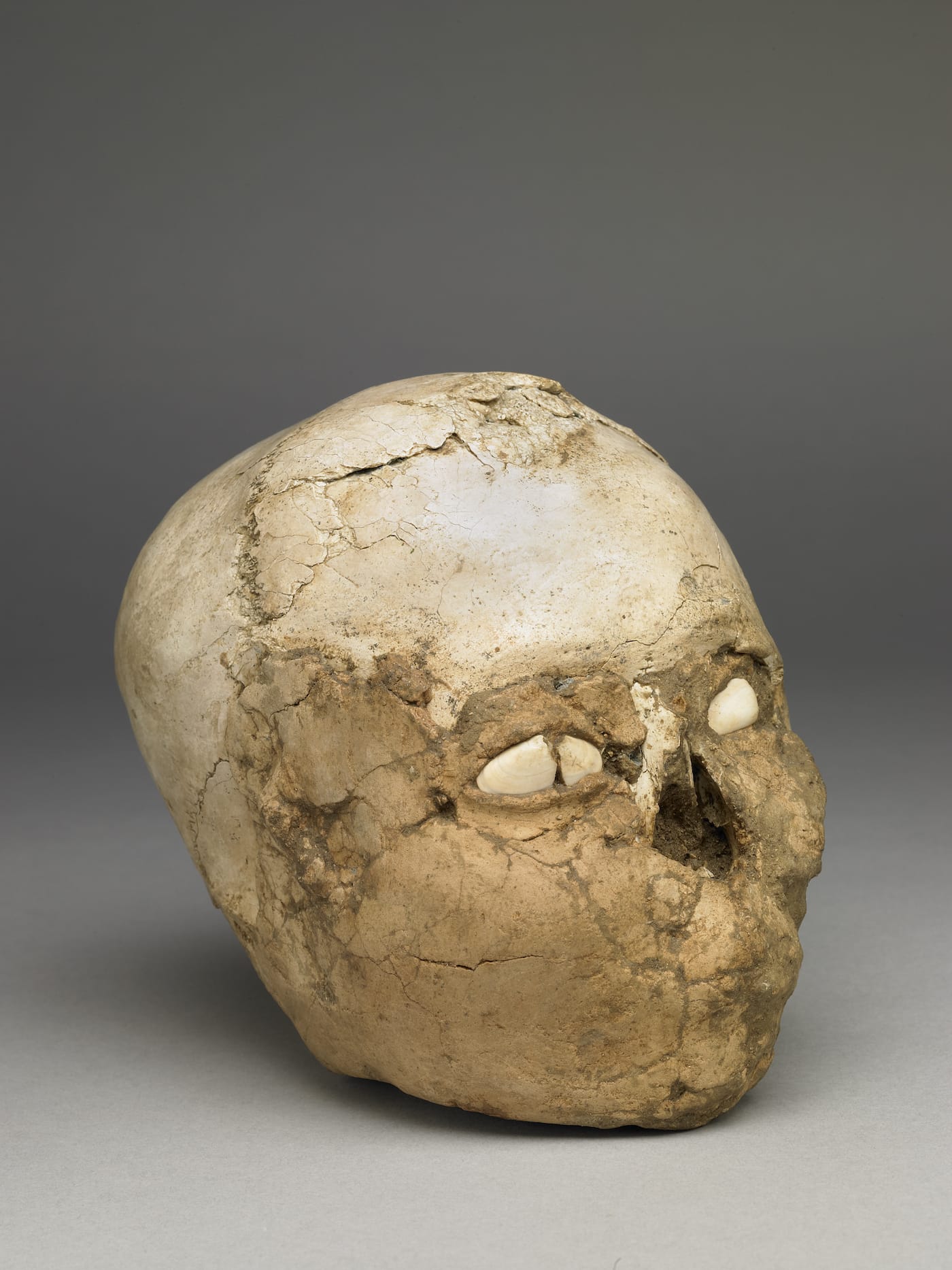
We now have an idea of what this particular individual looked like, as experts at the Natural History Museum’s Imaging and Analysis Center have used micro-CT scanning to create a 3D facial reconstruction of the Jericho Skull. The head, which is currently on display, depicts a man in at least his 40s who likely underwent ritual skull reshaping when he was younger, as suggested by the slight broadening of his head across the back.
“Artificial cranial modification takes place when a head is tightly bound from a very young age — practically from birth,” Dr. Alexandra Fletcher, curator for the museum’s Ancient Near East department, told Hyperallergic. “This changes the way the head grows and alters the overall shape … In recent times, societies that practice head binding associate the changed shape with beauty and status. It is possible it was the same for this man from Jericho.”
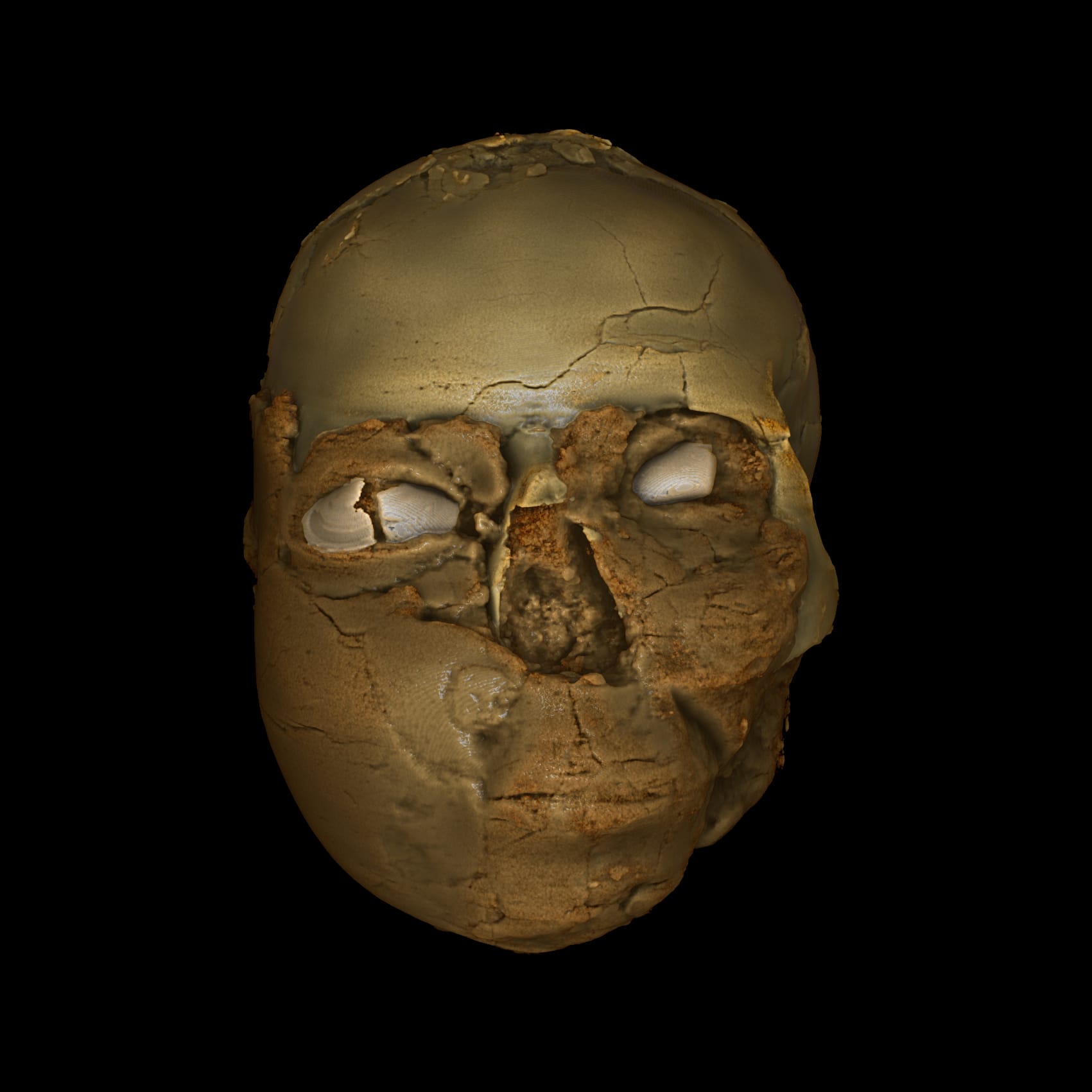
The plastered face may have initially been made to commemorate this specific, anonymous man, but it may have grown over time to be regarded as an ancestor figure to unite a community, Fletcher said. Such a role would have been significant, helping to overcome any social tension that may arise from the conditions of living in large numbers. Surface wear and extensive fractures in the plaster face — present, too, in the six other crania — support this theory, suggesting that it was handled frequently, possibly over hundreds of years.
Some of these other examples reveal traces of paint around the eyes and over the head; these plastered skulls may even have once had wigs. The task was not an easy one and likely went to practitioners who knew how to manipulate the plaster well.
“I think there was certainly a degree of skill involved in the making of the plaster face and the features were created with great care,” Fletcher said. “In that sense, we may consider the plastered skulls to be art, but we cannot say if their creators or the community that used them saw them in this way.”
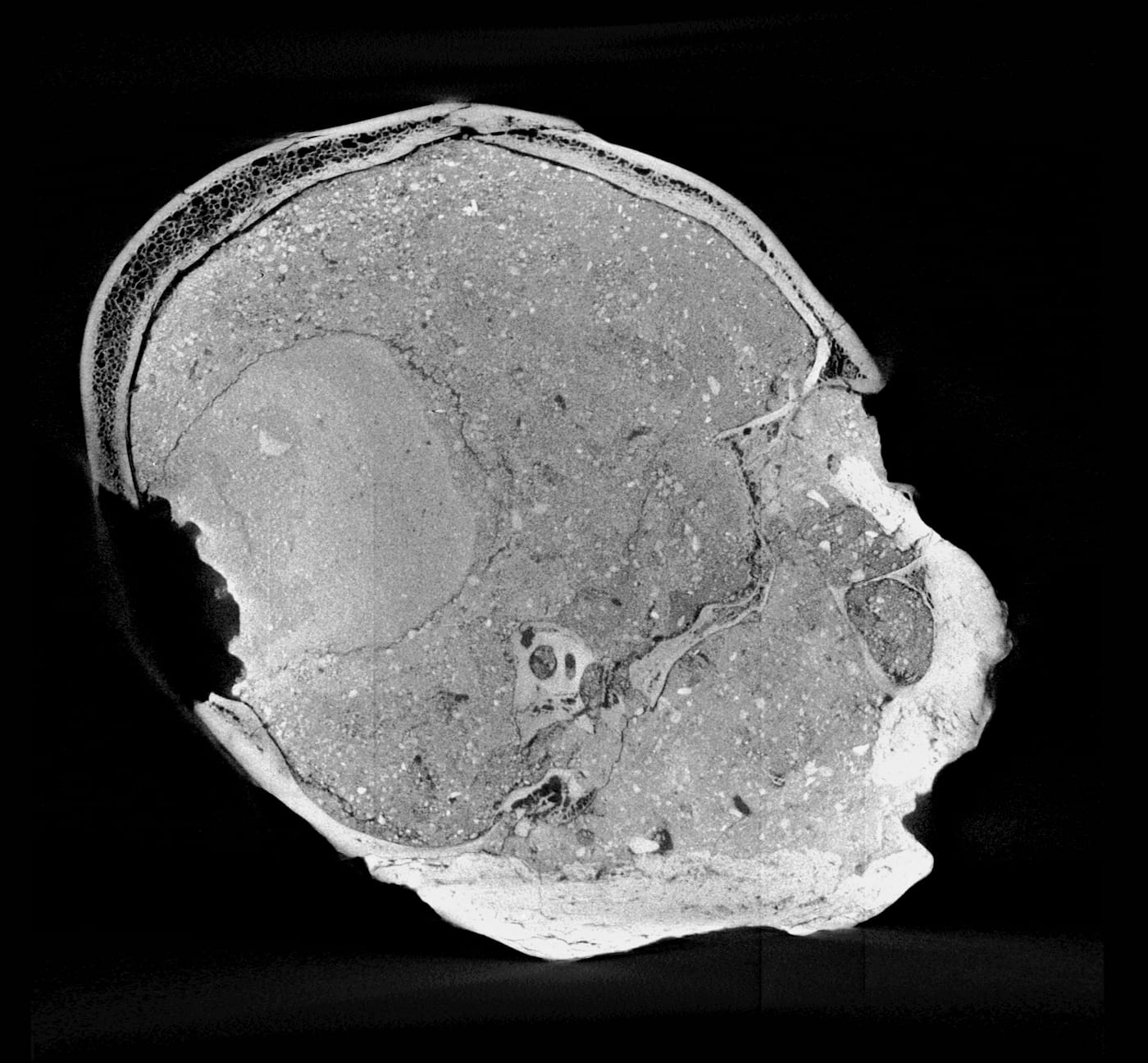
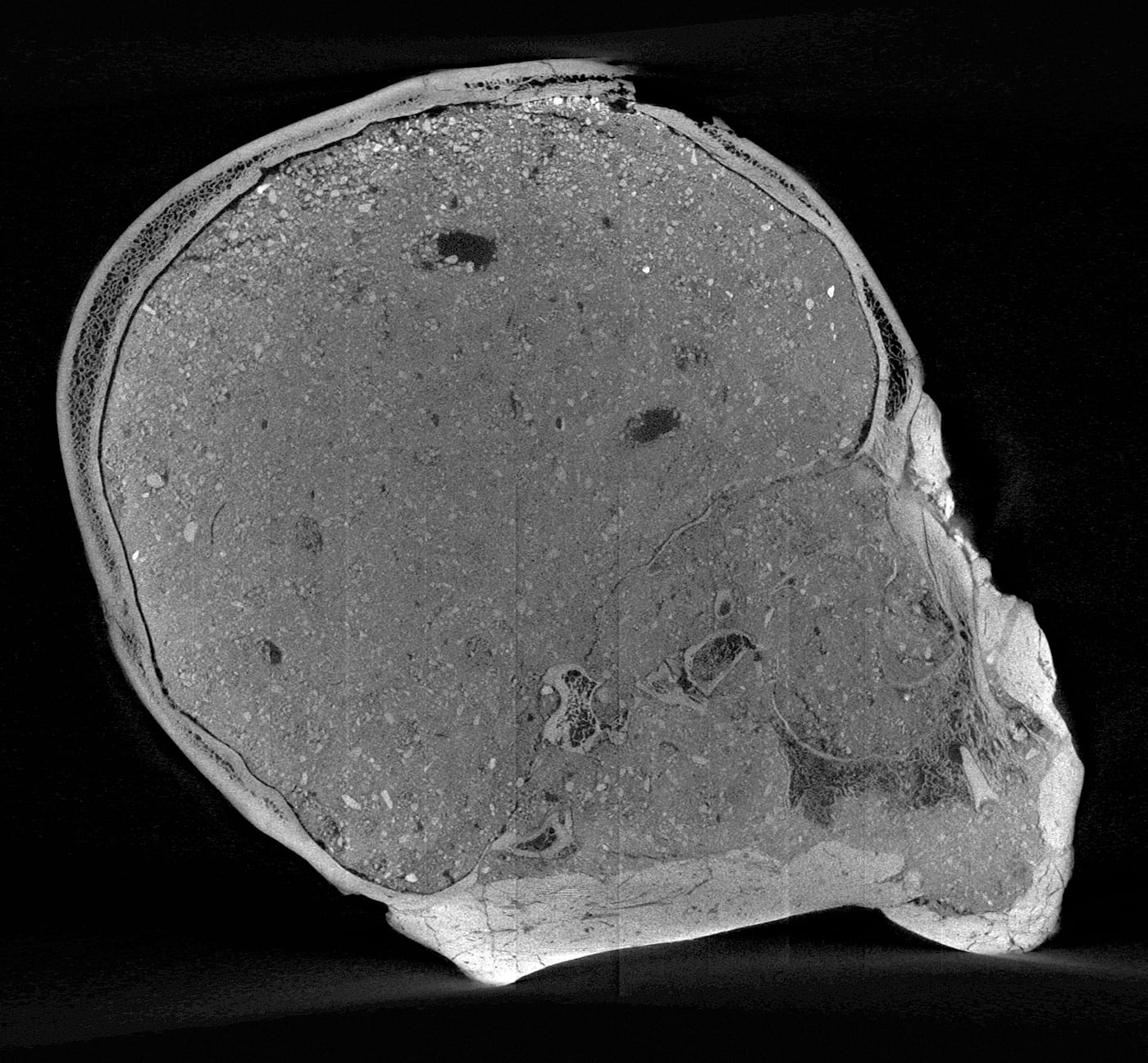
The imaging team conducted its own sculptural process, but one, of course, aided with the latest digital technologies. Experts first digitally separated the shape of the skull bones from the overlying plaster then converted data from a micro-CT scan to create a 3D-printed model of the cranium. As the mandible was not present, the team added a lower jaw constructed based on data from other known examples of human mandibles of similar age and geographic origin. The face was then built over the skull model — this time, in a more traditional sculptural process: experts used clay and wax to build features from the bone-up, muscle by muscle, creating every anatomical detail before topping it off with a clay layer of tissue and skin. Finally, they made a mold of the head from which the displayed face was cast in Jesmonite — essentially a mixture of gypsum and acrylic resin.
Fletcher believes this is the first time anyone has attempted to reconstruct the face of someone who had their skull plastered. Although her team is unable to learn more about the mysterious man — the only possible next step, as technology stands, would be to break apart the plastered face — she hopes the project will allow museum visitors to connect with someone who lived over 9000 years ago.
“The reconstruction allows us to appreciate that this individual was a man who looked just like you or I,” Fletcher said. “Despite living a long time ago, he is the same species as people living today. The artificial re-shaping of his skull can be seen — but it is not as dramatic as you might expect. In short, he was no freak show — he looks remarkably ordinary.”
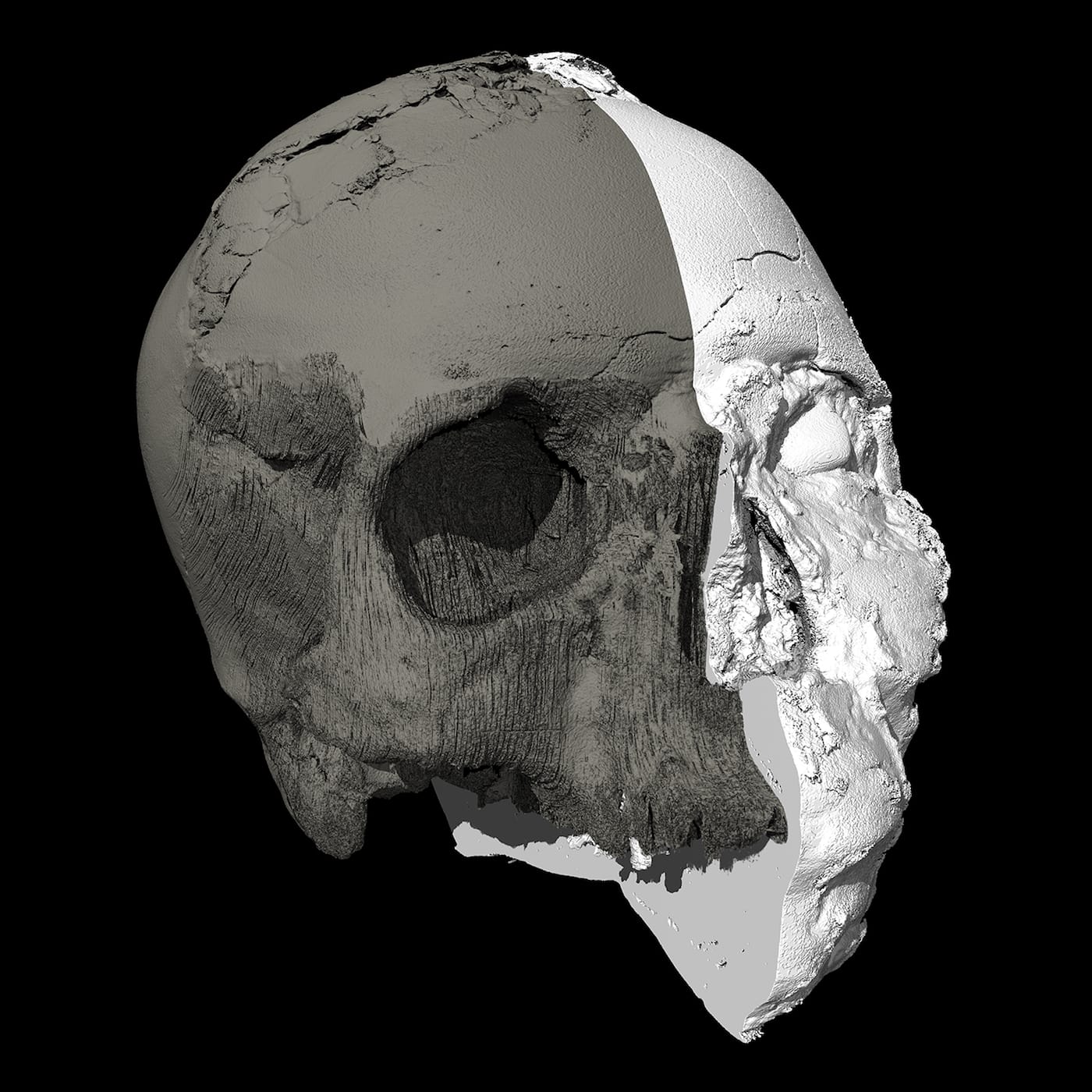
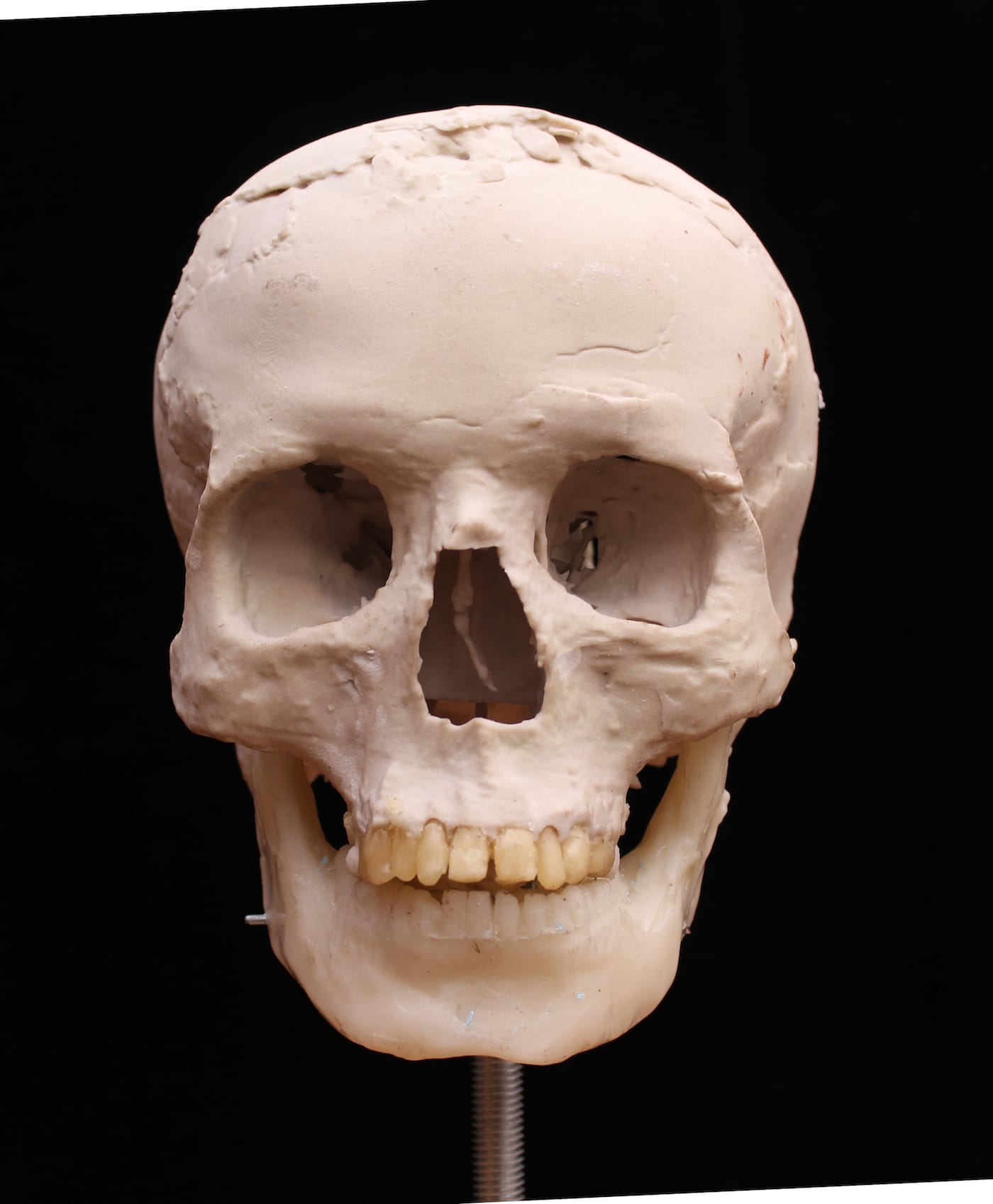
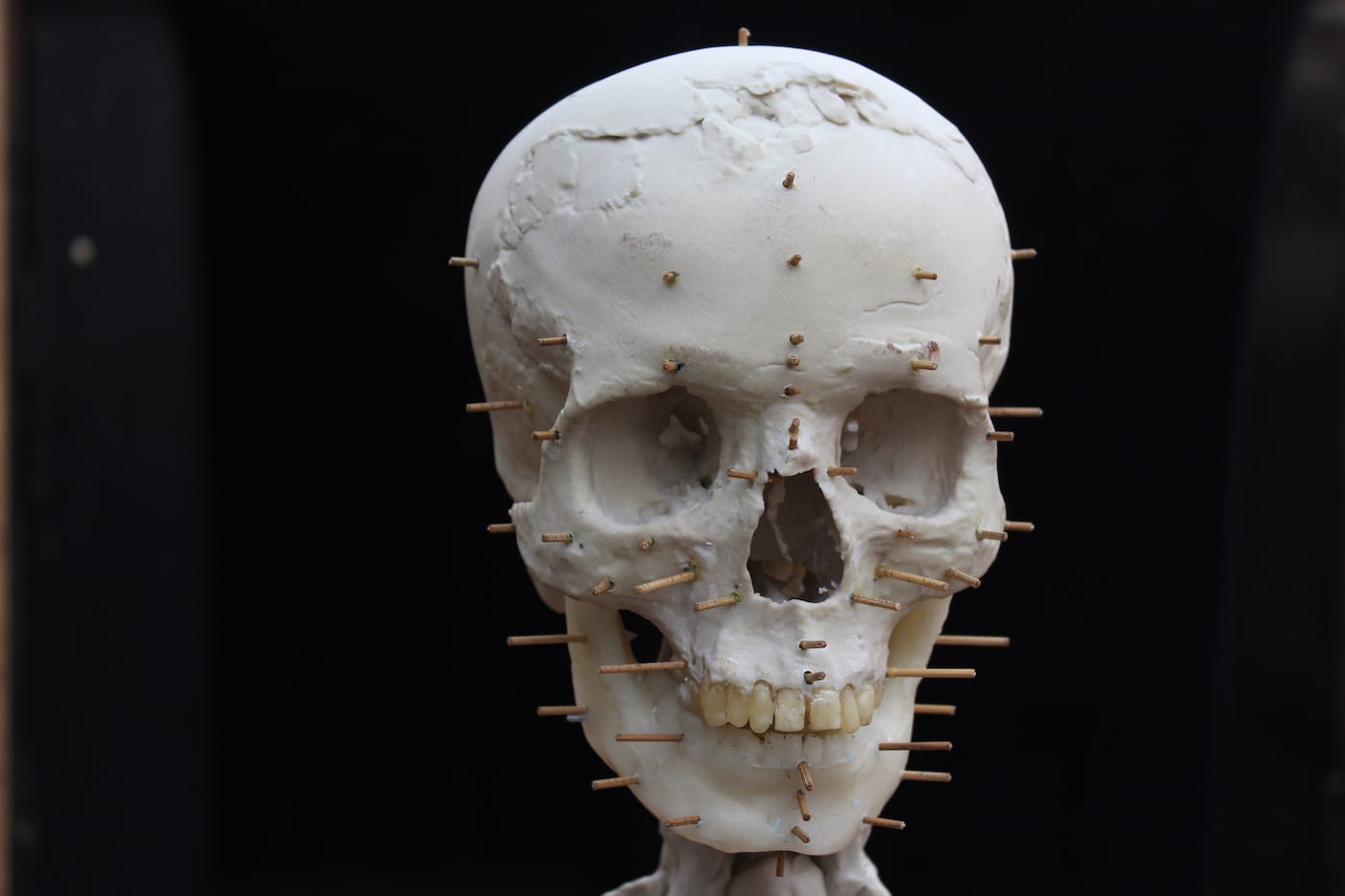

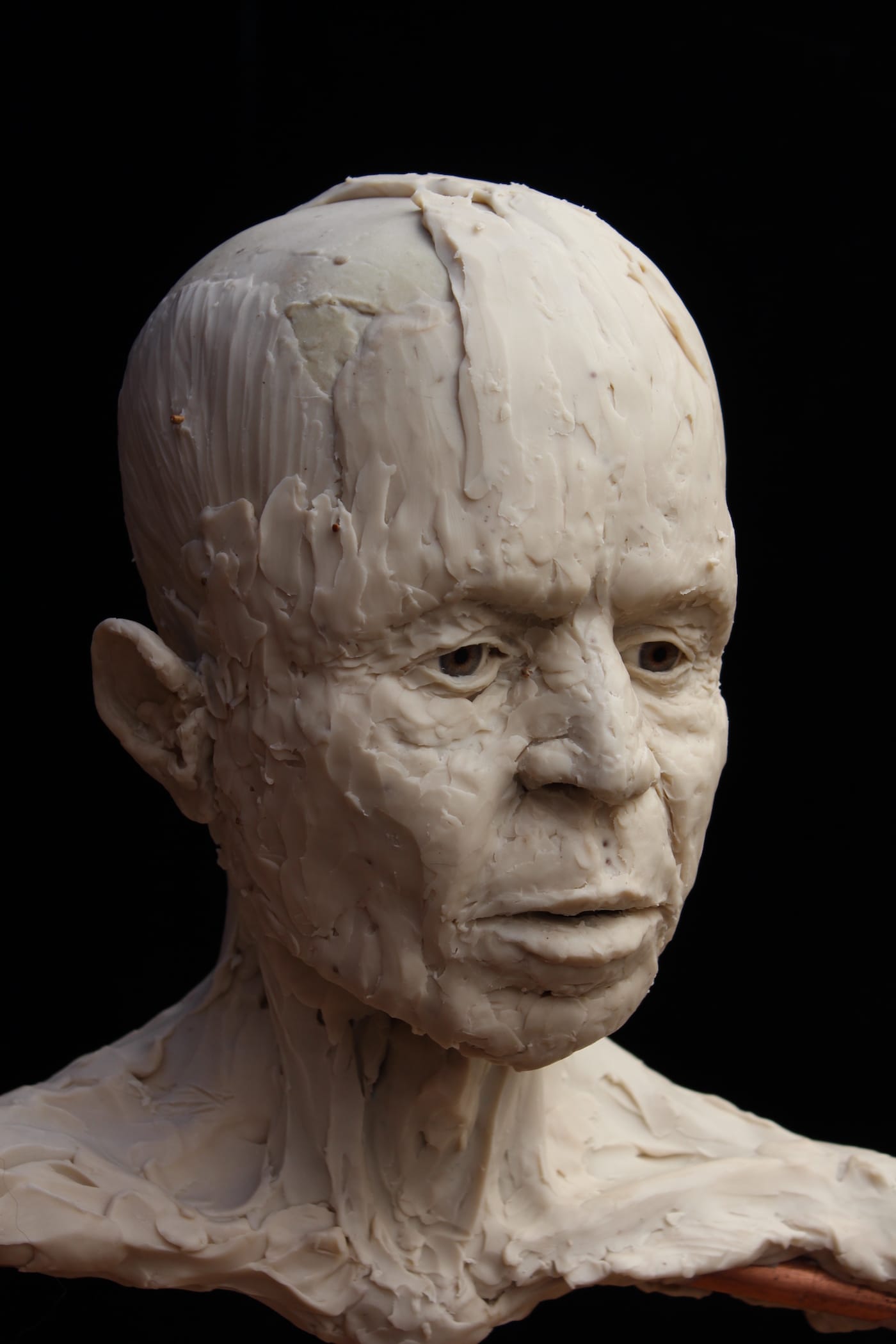


Creating an ancestor: the Jericho Skull continues at the British Museum (Great Russell St, London, United Kingdom) through February 19, 2017.




